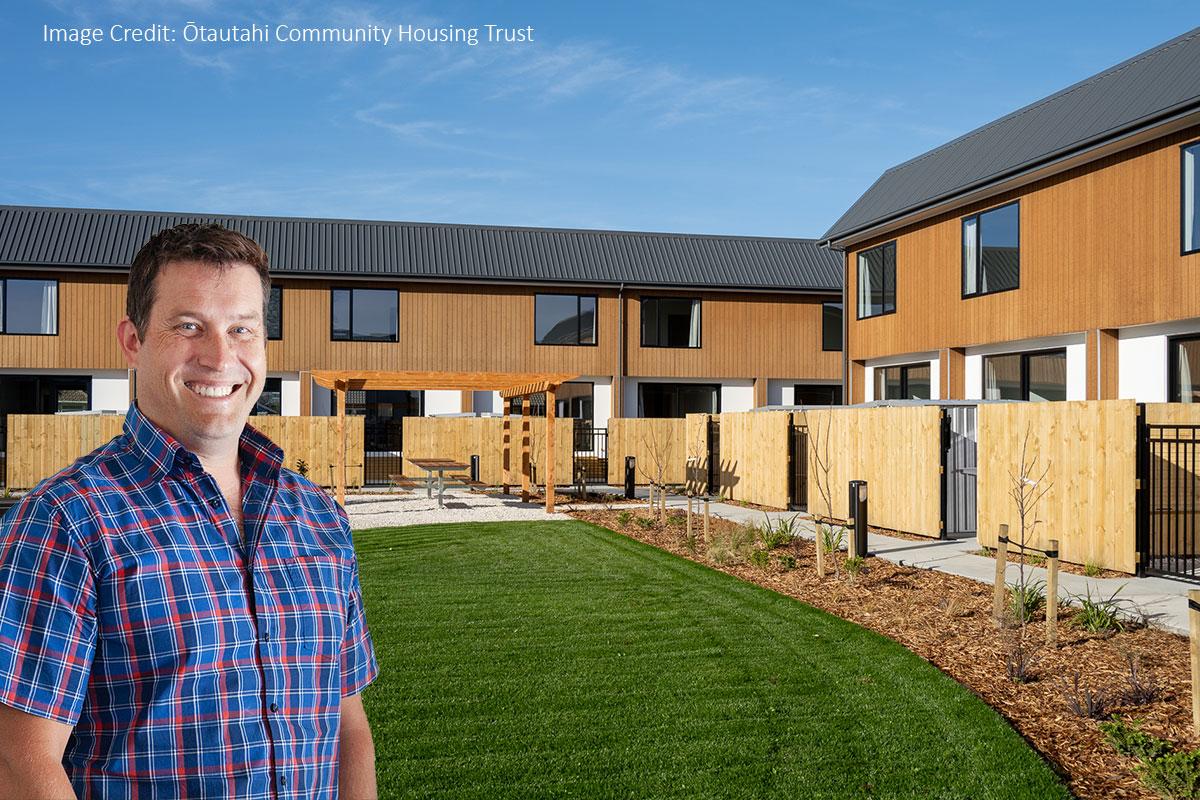Dean Chrystal, Director and other members of the Planz team worked tirelessly alongside the late Mike Beresford, the late Theo Bunker and Lorraine Rouse, all descendants of the original landowners, to see this project come to fruition. Dean’s close relationship with Mike and his dedication to this case were instrumental in navigating the complex legal and planning challenges that have surrounded Sticky Forest for years.
Reflecting on this achievement, Dean remarked, “Mike was not only a passionate advocate for the descendants but also a close friend. He had a vision of what Sticky Forest could become – a place that honoured a commitment and provided real economic opportunities for its rightful owners. We were able to turn that vision into a reality. This decision is a step toward realising that vision, and I know Mike would have been incredibly proud.”
Honouring Māori Heritage and Crown Obligations
At the heart of this project lies the deeply rooted connection to the land (whenua) and the ongoing efforts to right the historical wrongs inflicted upon Ngāi Tahu and in particular in this case the 50 original individuals and their descendants. The rezoning of Sticky Forest is not just about economic development; it is also about fulfilling the Crown’s obligations under Te Tiriti o Waitangi, acknowledging the pain and loss suffered by the original Māori landowners, and providing a pathway for future generations to reclaim and benefit from their ancestral land.
Dean emphasised the importance of these Māori elements in the project, stating in evidence, “The Site is the location in which promises made by the Crown to the Appellants’ ancestors over 100 years’ ago are finally resolved. In that context, I consider the land essentially meets the ancestral land parameters, and therefore section 6(e) should be considered”; and “The Site has been provided in response to a recognised breach of the Treaty principles going back more than 100 years. That redress seeks to provide land for the ‘economic support’ of the descendants of the original beneficiaries. For that to occur the descendants need to be enabled to utilise the land for some form of economic purpose rather than having it further alienated by district plan provisions.”
Environment Court Ruling
The Environment Court’s ruling, which allows for the rezoning of a portion of Sticky Forest to enable residential development, is a significant victory not only for the future owners but also for the broader community. It balances the need for economic redress with the preservation of the area’s natural beauty.
Dean added, ” This is more than just a planning victory; it’s a recognition of the mana of the land and its people. This has been a long journey, filled with challenges and setbacks, but it was always about doing what was right. This outcome is a testament to the power of perseverance and the importance of working together for a common goal. The opportunity to help restore the connection between the people and their land is one of the most rewarding aspects of this work.”
Planz Consultants’ Commitment to Cultural Heritage and Sustainable Development
As Planz Consultants continues to support the implementation of this decision, we remain committed to ensuring that the development of Sticky Forest respects both the cultural heritage of the land and the aspirations of its future owners. We look forward to seeing how this unique piece of land will evolve, providing benefits for generations to come.


